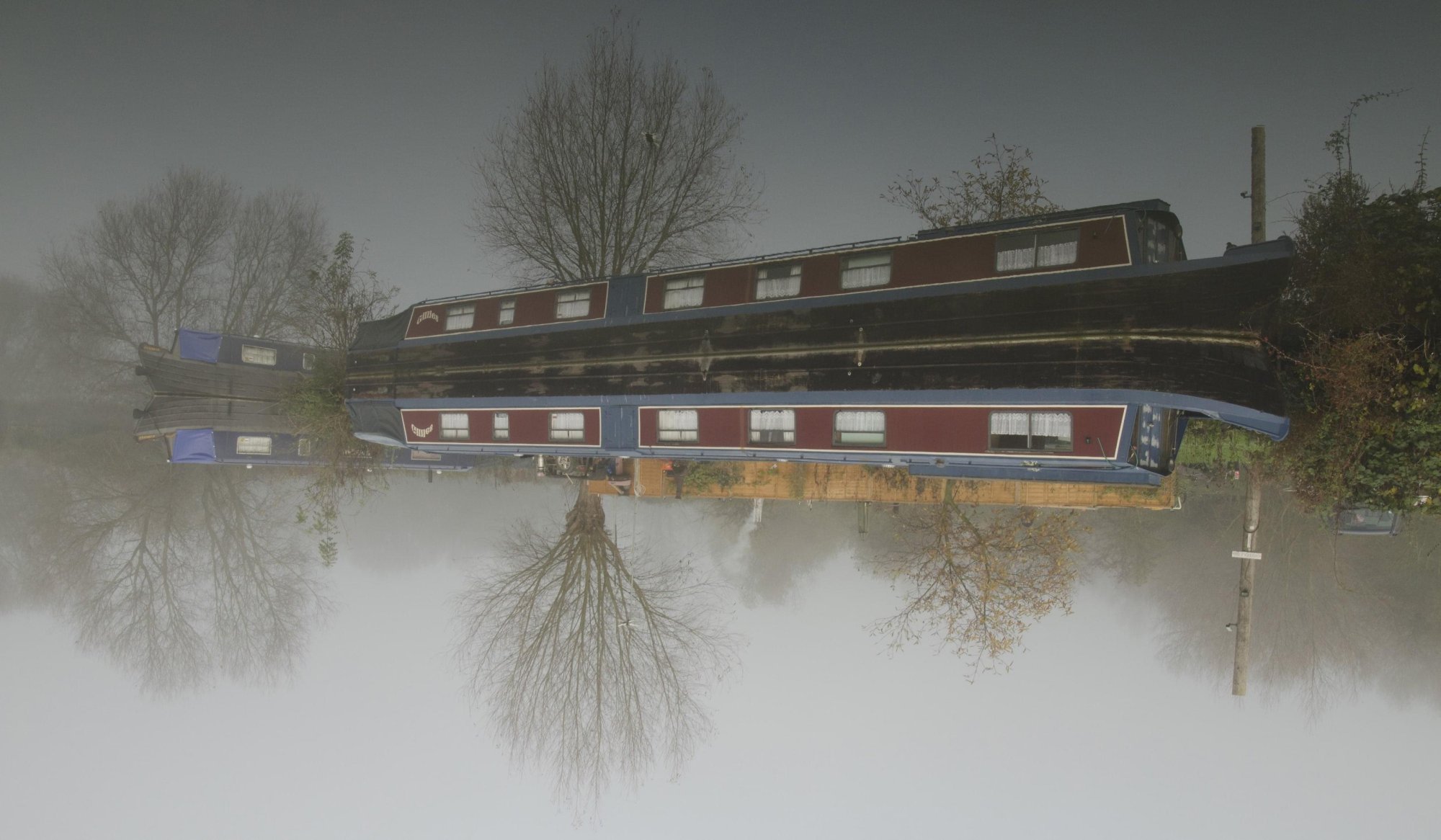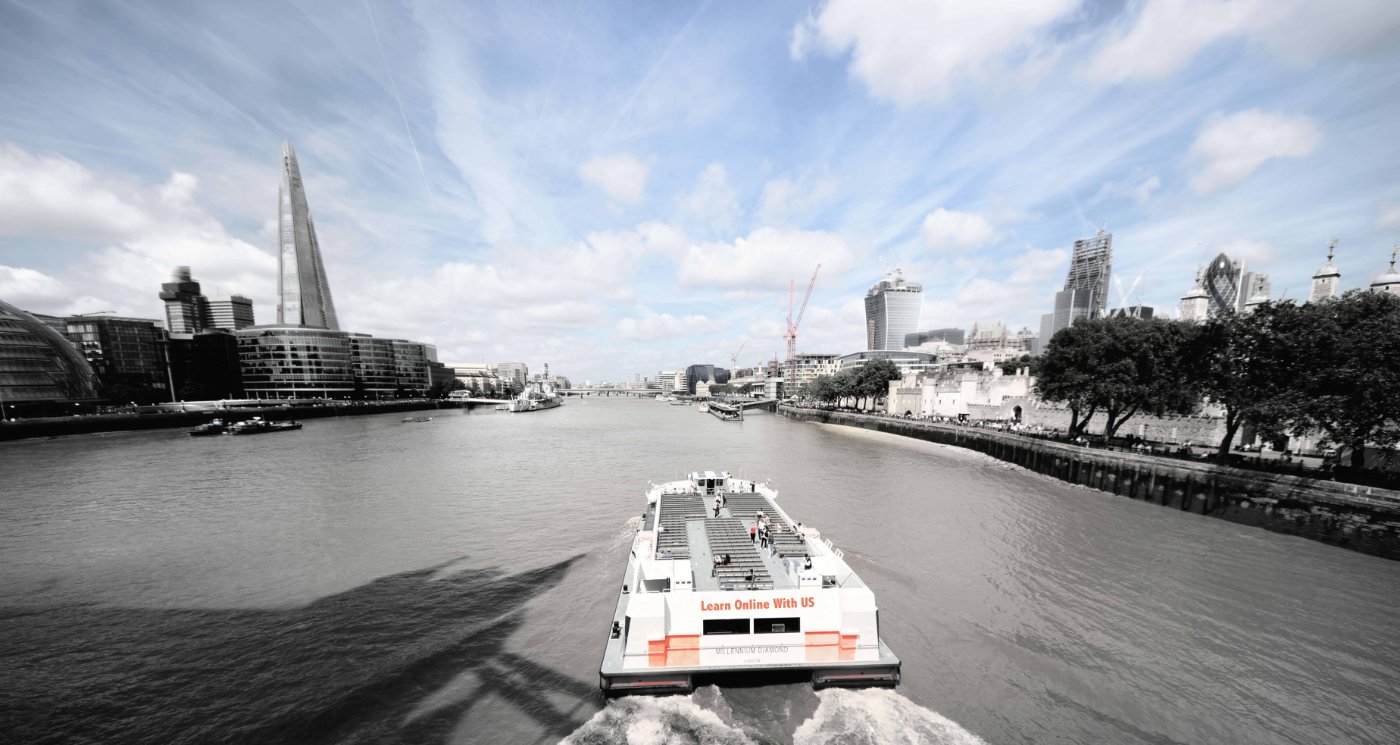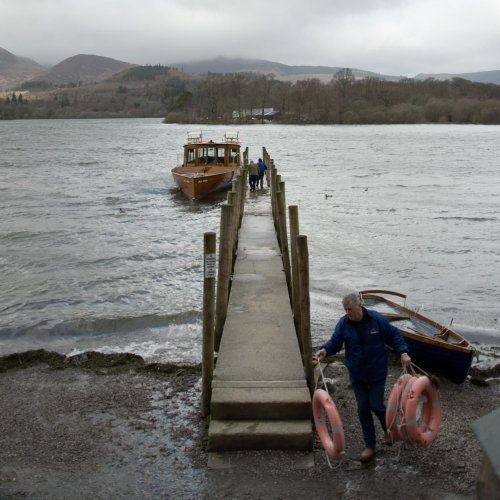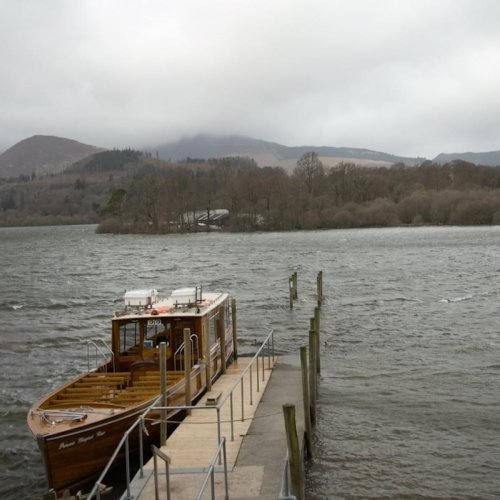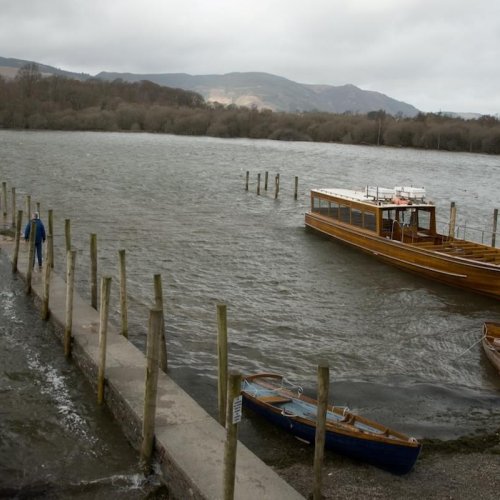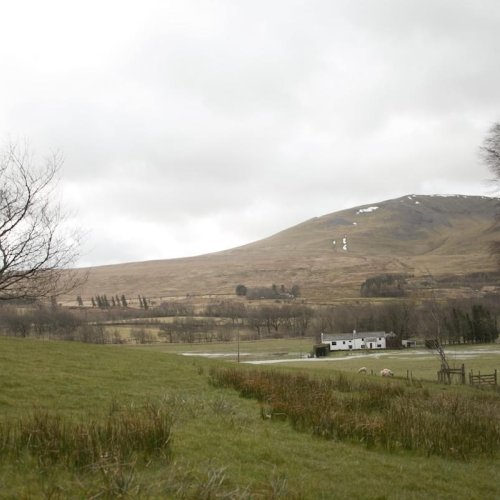Kendal
Bustling Kendal is a major gateway town to the Lake District, its nickname of ‘Auld Grey Town’ due to the distinctive limestone used in so many of its buildings. Grey may be the dominant colour here, but there’s nothing sombre about it – its excellent restaurants, busy shopping district and creative arts centre a guarantee of vibrant life. Historically, this was a major wool producing centre – the famous ‘Kendal Green’ one of several Kendal cottons produced in the workshops that once occupied its many yards. But for most visitors, Kendal is synonymous with its famous mint cake, a staple of many a mountaineer’s backpack and important sustenance for Sir Edmund Hillary and Tenzing Norgay on their Everest ascent in 1953.
Culture & Heritage
Kendal’s origins date back to the 8th century, when the monastic settlement of Kirkland was established near a crossing point over the River Kent. William II, the third son of William the Conqueror, created the Barony of Kendal toward the end of the 11th century to secure his northern territories: the first castle, a wooden motte and bailey, was erected at Castle Howe but later replaced by stone-built Kendal Castle on the opposite side of the river.
This 13th-century castle was built to impress: six towers connected by a curtain wall atop a glacial hill and protected by a dry moat – it was clear the Normans meant business. In the late 14th century the Barony of Kendal and the castle passed into the hands of the Parr family, whose most famous member, Catherine, married Henry VIII in 1543 and managed to avoid the fate of several of her predecessors, outliving him by one year. By this stage, however, the family had abandoned the castle for more comfortable lodgings in Kendal proper and the castle fell into the disrepair you see today.
Medieval Kendal
was built around a high street lined on both sides by fortified alleyways known as burgage plots, where the local populace would take shelter during the inevitable raids by Scottish raiders known as Border Reivers. Over time these plots became industrial ‘yards,’ full of workshops for weaving, dyeing, shearing, dry-salting and tanning. Kendal soon became a major centre for the wool trade, which explains its Latin motto – Pannus mihi panis – or ‘wool is my bread,’ and the tenter hooks on the Kendal coat-of-arms.
Many different woollen cloths were made in Kendal but the most famous is ‘Kendal Green', a hardwearing cloth said to have been worn by the Kendal Bowmen who fought at the battles of Crecy in 1346 and Poitiers in 1356. Shakespeare refers to ‘Kendal green' in Henry IV (Part I), so it was already well-known by 1597. The green colour was achieved by first steeping the cloth in a yellow dye from dyer’s greenweed (Genista tinctoria) and overdyeing it in blue from woad (Isatis tinctoria) or indigo. Kendal Green was later exported to America where it was worn by slaves working in the plantations. In return, Kendal would receive sugar and tobacco – raw materials that gave rise to the mint cake and snuff-making trade in town.
Kendal was linked to the canal network in 1819, which did wonders for trade and brought renewed prosperity to the town. This all ended with the arrival of the railroad in 1846 and both trade and the canal went into gradual decline: commercial traffic ceased in 1947 and the canal closed to all navigation in 1955.
